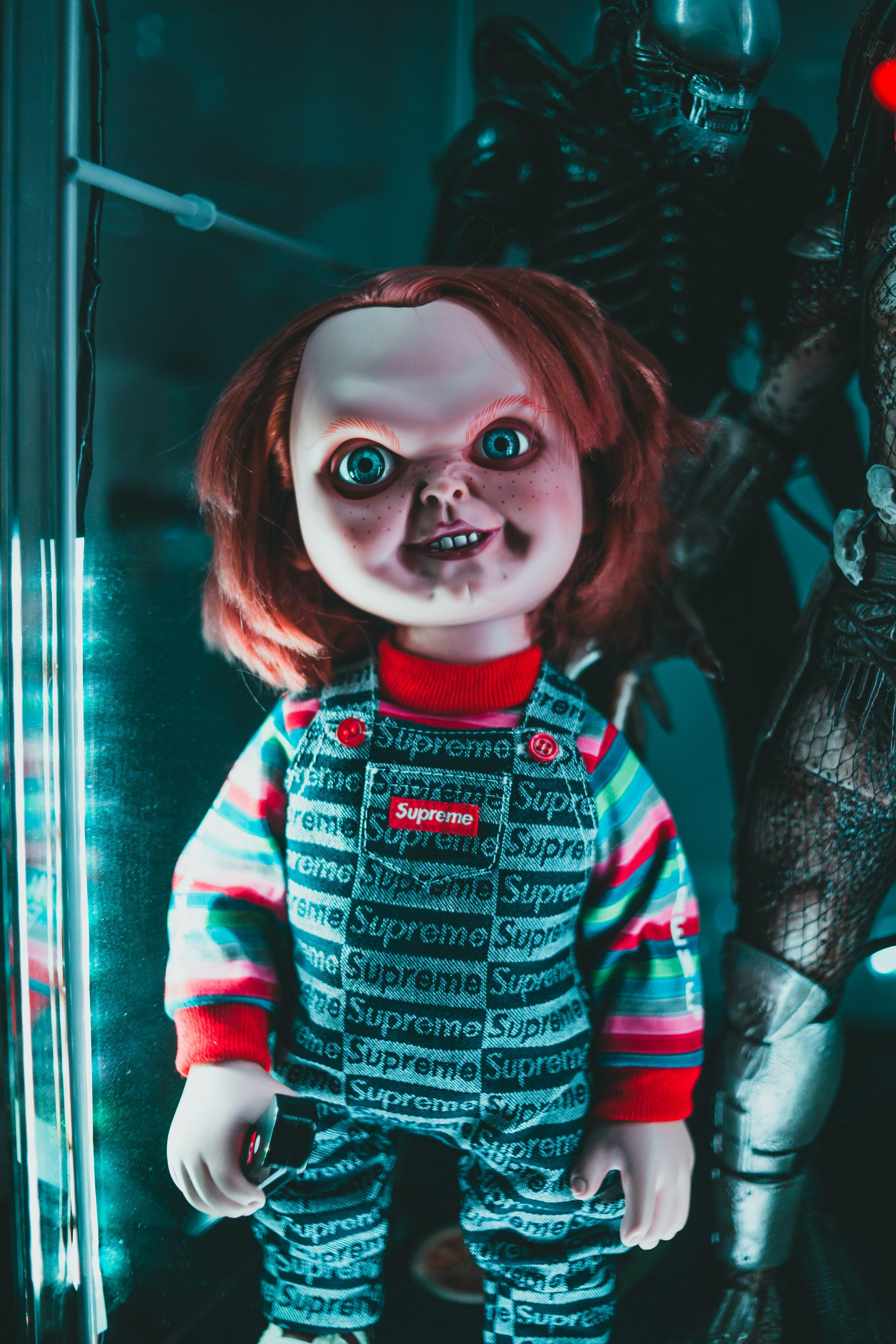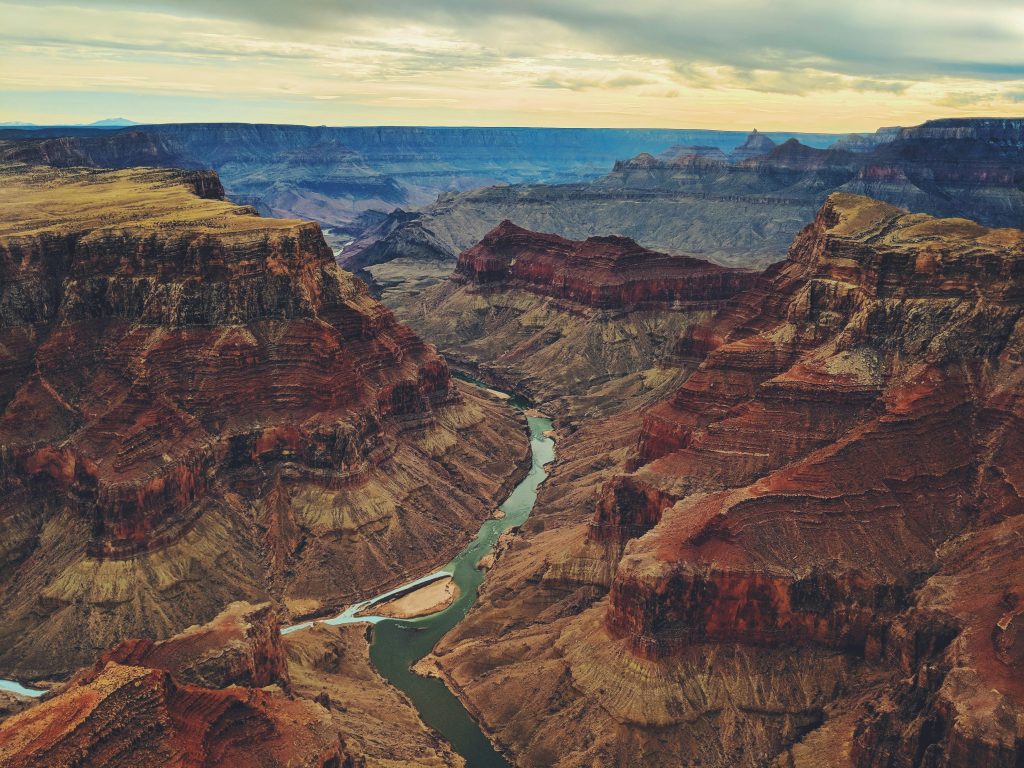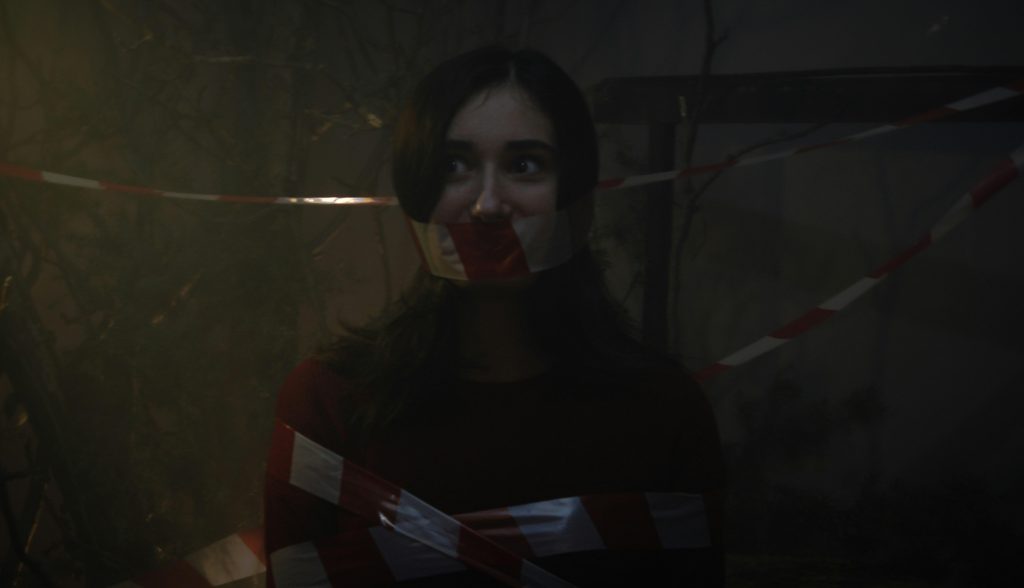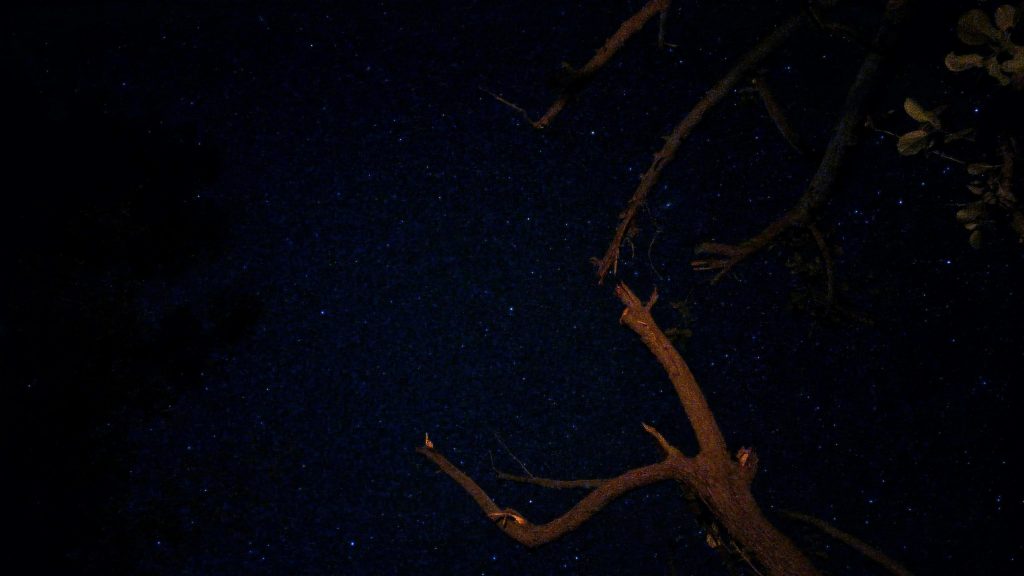In the vibrant world of cinema, where stories come alive through the lens of a camera, animated films have often been relegated to the realm of childhood nostalgia and whimsical entertainment. Yet, beneath their colorful exteriors and playful narratives lies a profound potential for artistic expression that rivals, and at times surpasses, their live-action counterparts. As technology advances and storytellers push the boundaries of imagination, a pertinent question emerges: Should animated films be taken more seriously as art? This inquiry invites us to explore the intricate craftsmanship, emotional depth, and cultural significance embedded within these moving illustrations, challenging the preconceived notions that have long defined their place in the cinematic hierarchy. Through this lens, we embark on a journey to uncover the artistic merit of animation, seeking to understand its evolving role in the broader tapestry of film artistry.
Rethinking Animations Artistic Value
In a world where visual storytelling transcends traditional boundaries, animated films offer a unique canvas for artistic expression. They blend visual artistry with narrative depth, often pushing the limits of imagination and technology. These films are not merely children’s entertainment; they are intricate works that demand the same level of appreciation as live-action cinema. The meticulous craftsmanship involved in creating these worlds—from the intricate character designs to the vibrant landscapes—reflects a profound artistic endeavor that deserves serious recognition.
- Innovative Techniques: Animation employs cutting-edge techniques, merging art and technology to create immersive experiences.
- Diverse Storytelling: The medium allows for stories that can explore complex themes, often with a depth that resonates across age groups.
- Cultural Impact: Animated films often become cultural landmarks, influencing fashion, language, and social norms.
The Evolution of Storytelling in Animated Films
Animated films have undergone a fascinating transformation, expanding from simple, short narratives to complex, multi-layered stories that challenge audiences of all ages. Initially perceived as mere children’s entertainment, the genre has evolved to explore profound themes such as identity, loss, and societal change. This shift is evident in the works of renowned studios like Studio Ghibli and Pixar, where storytelling transcends age boundaries, offering a rich tapestry of emotion and imagination. These films often blend fantasy with reality, creating worlds that are both enchanting and deeply reflective of human experience.
Several factors contribute to this evolution:
- Technological Advancements: The integration of cutting-edge animation techniques has allowed filmmakers to push the boundaries of visual storytelling, creating immersive worlds that captivate audiences.
- Diverse Narratives: There’s been a notable shift towards inclusive storytelling, with narratives that reflect a broader spectrum of cultures, identities, and experiences.
- Artistic Vision: Many directors and animators view their work as a form of artistic expression, comparable to traditional art forms. This perspective has driven them to craft stories with depth and nuance.
As these films continue to captivate and challenge viewers, it becomes clear that they deserve recognition not just as entertainment, but as a legitimate and influential art form.

Breaking the Mold: Animations Unique Aesthetic Contributions
In a world where traditional art forms often dominate the conversation, the aesthetic contributions of animated films offer a refreshing departure from the norm. Animation, with its limitless potential for visual expression, provides a canvas where the boundaries of reality can be effortlessly transcended. From the whimsical worlds of Studio Ghibli to the bold color palettes of Pixar, animated films introduce audiences to an array of visual experiences that often remain unattainable in live-action cinema. The richness of animation lies in its ability to blend diverse art styles, creating a fusion of visual storytelling that is both innovative and captivating.
- Innovative Visual Styles: Animation allows for the creation of unique worlds and characters that defy the constraints of physical reality.
- Artistic Freedom: The medium provides artists with the freedom to explore abstract and surreal concepts that challenge traditional narrative forms.
- Emotional Depth: Through its distinct aesthetic language, animation can evoke powerful emotional responses, often using symbolism and metaphor in ways that other art forms cannot.
By embracing the full spectrum of artistic possibilities, animated films not only entertain but also enrich our cultural landscape, encouraging viewers to see beyond the ordinary and into the extraordinary realms of human imagination.

Fostering Greater Recognition for Animated Masterpieces
In the evolving landscape of cinema, animated films are a vibrant tapestry of creativity and storytelling that often rival, and sometimes surpass, their live-action counterparts. Yet, they are frequently relegated to the realm of children’s entertainment or dismissed as mere escapism. To truly appreciate these animated gems, it’s essential to recognize the profound artistry and intricate craftsmanship that breathe life into these works. Animation studios invest countless hours in developing visually stunning worlds and complex narratives, resulting in films that resonate across all age groups.
- Innovative Storytelling: Animation allows for the exploration of themes and concepts that might be challenging to depict in live-action.
- Artistic Expression: Every frame is a meticulously crafted piece of art, often incorporating diverse styles and cultural influences.
- Emotional Depth: Characters in animated films often convey profound emotions, making audiences laugh, cry, and reflect.
To foster greater recognition, it’s crucial for critics and audiences alike to evaluate animated films with the same rigor and appreciation afforded to other cinematic genres. By doing so, we not only honor the artists and storytellers behind these creations but also enrich our understanding of what constitutes true artistry in film.









